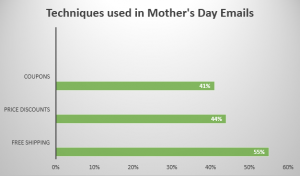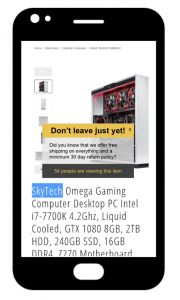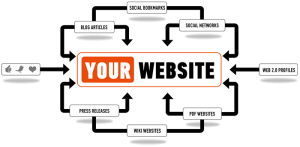“CRM” may be one of the most overused buzzwords in the techsphere — however, these tools are 100% necessary in modern business. CRM tracks communication at every touchpoint while managing contacts, analyzing data, improving customer retention and driving sales growth.
As technology has advanced, CRM has also evolved to arm businesses with the capability of targeting customers and vetting other potential opportunities. However, CRMs are capable of completing more tasks than most people may be aware of.
Let’s take a look at a few ways businesses can utilize CRM outside of sales and still extract value for business:
Keeping Customers Happy
We all know customer engagement is critical in making a sale — but what happens after that deal closes? Using CRM for customer service gives client service teams a fuller, more holistic view of their efforts with the ability to understand customers thoroughly. For businesses of any size, CRMs offer details of customer interactions, communications, and transactions. With this, customer service professionals can quickly log queries and unify customers in their brand journey and its reputation.
For instance, CRM can be implemented with new customers to keep track of what stage in the onboarding process they’re in. If a customer is slipping out of cadence, you can easily determine whether or not they need to be re-engaged. Or if their onboarding is complete, then the customer can be fully handed off to a customer success manager. Collecting data and analyzing insights throughout the onboarding process allows for better internal performance and an improved external perception.
Assisting in Marketing
While feedback from customers can help in monitoring reputation, it also helps marketing professionals understand how customers feel about an organization’s offerings.
Companies can pinpoint their most loyal customers and then treat them to a product promotion, participation in a beta testing phase or market research opportunities. Targeted efforts aimed at your existing customers can also remind them of upcoming events or alert them of news relevant to your business. These types of practices help build customer loyalty while increasing customer retention and lifetime value.
Bringing in New Talent
While it might not be the first thing businesses think of after implementing a CRM system, there is a strong connection between workforce analytics and customer relationship management. Because human resource professionals to keep track of the potential talent to their workforce, managing this data in a centralized location can help aid the process.
Much like CRM, workforce analytics are largely based on data housed in HR systems that manage performance, development, career data and connected actions. If a business thinks of a potential employee like a customer and the HR professional is the salesperson, CRM can easily replace HR systems. At the same time, businesses can adopt a combination of forward-thinking technologies to build and maintain a candidate roster to communicate with potential hires throughout the hiring process.
Business & Finance Articles on Business 2 Community(65)
Report Post






